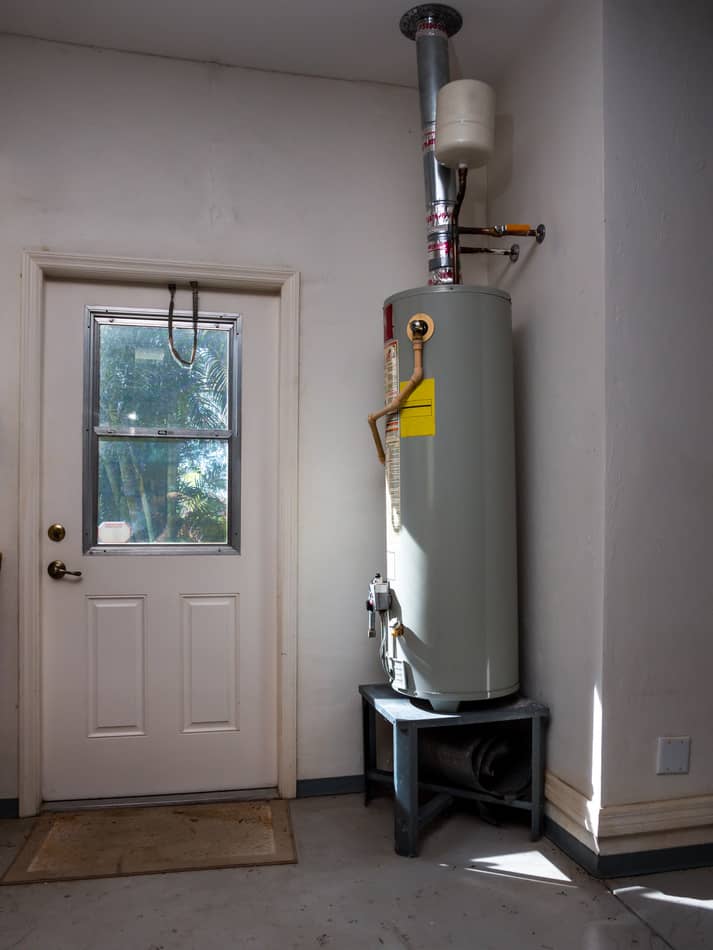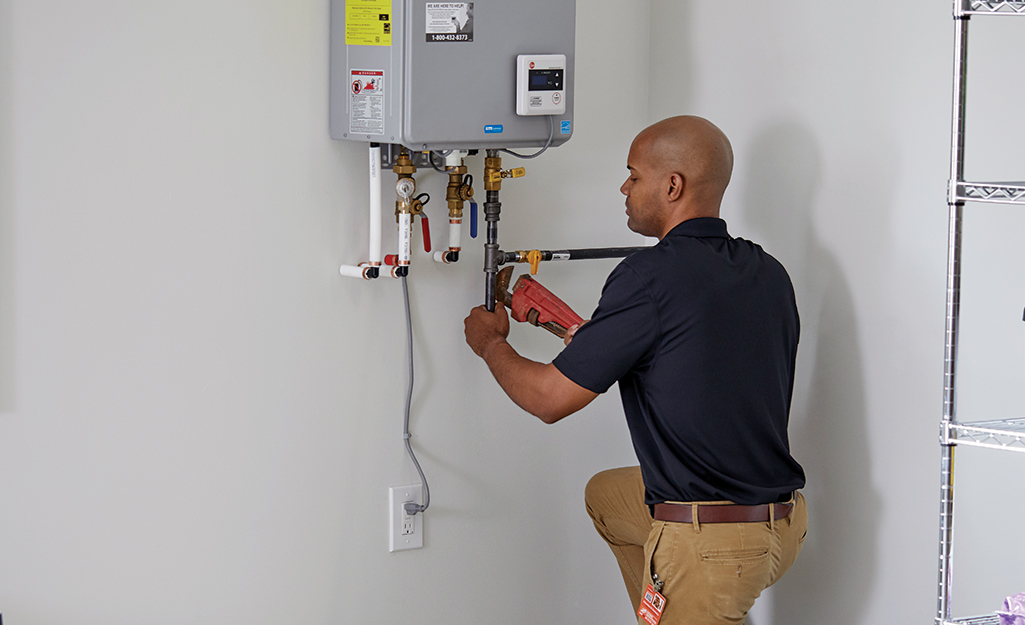Ways to Extend the Life of Your Home's Hot Water System Through MaintenanceMaintaining Your Home's Hot Water System: Essential Tips
Ways to Extend the Life of Your Home's Hot Water System Through MaintenanceMaintaining Your Home's Hot Water System: Essential Tips
Blog Article
We've found this article involving Water Heater Maintenance Tips You Can't Afford to Forget directly below on the net and accepted it made perfect sense to discuss it with you on this page.

Warm water is crucial for daily comfort, whether it's for a refreshing shower or washing meals. To guarantee your warm water system runs effectively and lasts longer, regular maintenance is key. This write-up gives sensible tips and insights on how to keep your home's hot water system to avoid disruptions and costly repairs.
Introduction
Maintaining your home's hot water system could appear overwhelming, yet with a couple of easy steps, you can ensure it operates smoothly for several years ahead. This overview covers whatever from comprehending your hot water system to DIY upkeep ideas and understanding when to call in expert assistance.
Significance of Maintaining Your Warm Water System
Routine maintenance not only expands the lifespan of your warm water system yet likewise ensures it runs effectively. Neglecting upkeep can cause reduced efficiency, greater energy bills, and also early failure of the system.
Indicators Your Warm Water System Needs Upkeep
Understanding when your hot water system requires interest can avoid significant problems. Look out for indicators such as irregular water temperature, weird noises from the heater, or corroded water.
Understanding Your Warm Water System
Before diving into upkeep tasks, it's handy to comprehend the basic elements of your hot water system. Commonly, this includes the hot water heater itself, pipes, anode poles, and temperature level controls.
Regular Monthly Upkeep Tasks
Routine month-to-month checks can assist capture minor issues prior to they escalate.
Purging the Water Heater
Purging your hot water heater eliminates debris accumulation, boosting effectiveness and lengthening its life.
Monitoring and Replacing Anode Rods
Anode poles prevent corrosion inside the container. Inspecting and replacing them when broken is essential.
Checking and Adjusting Temperature Level Setups
Adjusting the temperature level settings makes sure optimum efficiency and safety.
DIY Tips for Maintenance
You can execute several upkeep jobs yourself to maintain your warm water system in top problem.
Looking for Leaks
On a regular basis evaluate pipes and connections for leakages, as these can bring about water damage and higher bills.
Checking Stress Relief Valves
Checking the stress relief valve ensures it works appropriately and prevents excessive pressure accumulation.
Shielding Pipelines
Insulating hot water pipelines lowers heat loss and can save power.
When to Call a Professional
While DIY upkeep is helpful, some concerns require professional competence.
Complicated Concerns Calling For Professional Help
Examples include major leakages, electric troubles, or if your hot water heater is consistently underperforming.
Routine Professional Maintenance Advantages
Expert upkeep can consist of detailed inspections, tune-ups, and making certain compliance with safety standards.
Conclusion
Regular maintenance of your home's hot water system is important for effectiveness, durability, and expense savings. By complying with these suggestions and understanding when to look for specialist aid, you can make certain a trusted supply of warm water without unanticipated disturbances.
Water Heater Maintenance: The Basics
Maintaining your water heater will ensure it operates efficiently and has a longer lifespan. Neglecting regular maintenance can lead to costly repairs and an even bigger chunk of your savings if you have to replace it sooner than necessary. But there’s good news: Most water heater maintenance tasks are relatively simple and easy for homeowners with basic DIY skills.
Flush the Water Heater
Over time, sediment and minerals can build up in the tank, reducing its efficiency and potentially causing damage. To flush the tank, turn off the power or gas supply, attach a hose to the drain valve near the bottom and open the valve to drain the water until it runs clear. Ideally, flush the tank annually.
Replace the Anode Rod
The anode rod is a sacrificial metal rod that helps prevent corrosion inside the tank. Inspect and replace it every three to five years or per the manufacturer's recommendation. To replace the anode rod, turn off the power or gas supply, drain a few gallons of water from the tank, unscrew the old rod and replace it with a new one. If the anode rod is significantly corroded or covered in calcium buildup, it's a sign the water heater may need to be replaced soon.
Tune-Up
A yearly tune-up can help identify potential issues and ensure your water heater operates at peak efficiency. This typically involves checking the thermostat, burner assembly (for gas heaters) and any other components specified by the manufacturer. During a tune-up, the technician may also clean the burner and adjust the pilot light (for gas heaters) or examine the heating elements (for electric heaters).
How to Maintain Your Water Heater
Insulate the tank. Insulating the tank can improve energy efficiency and reduce heat loss, saving you money on energy bills. You can purchase precut insulation blankets designed specifically for water heaters or use standard fiberglass insulation wrapped securely around the tank. Check the temperature. The recommended water temperature for most households is around 120 degrees Fahrenheit (49 degrees Celsius). Higher temperatures can increase energy costs and potentially cause scalding. Use a kitchen thermometer to check the temperature at the faucet nearest the water heater. Monitor water pressure. Excessive water pressure can strain the water heater and cause leaks or even tank failure. Install a pressure-reducing valve if necessary. The ideal water pressure range is between 60 and 70 PSI (pounds per square inch). Test the temperature and pressure (T&P) relief valve. The T&P relief valve is a safety feature that releases pressure if the tank gets too hot or the pressure builds up too high. Test it annually by lifting the lever and allowing a small amount of water to release. Replace the valve if it doesn't release water or reseal properly. Check for leaks. Regularly inspect the tank, pipes and fittings for leaks or corrosion. Deal with issues promptly to prevent further damage. Even a small leak can lead to significant water damage over time. Consider a tankless water heater. If your traditional tank-style water heater is nearing the end of its lifespan ( typically 10 years), consider replacing it with a tankless water heater. These units heat water on demand, reducing standby energy losses and potentially saving you money on your energy bills. Schedule professional maintenance. While homeowners can perform many water heater maintenance tasks, it's still a good idea to schedule professional maintenance every few years. A plumber or HVAC technician can thoroughly inspect the unit, identify potential issues and ensure it operates safely and efficiently. https://www.homeserve.com/en-us/blog/home-improvement/hot-water-heater-maintanence/

We were shown that write-up about How to Maintain Your Water Heater & Prolong its Life from a friend on a different website. Liked our blog entry? Please share it. Help somebody else locate it. I love reading our article about What Kind of Maintenance Do Water Heaters Need?.
Request An Estimate Report this page